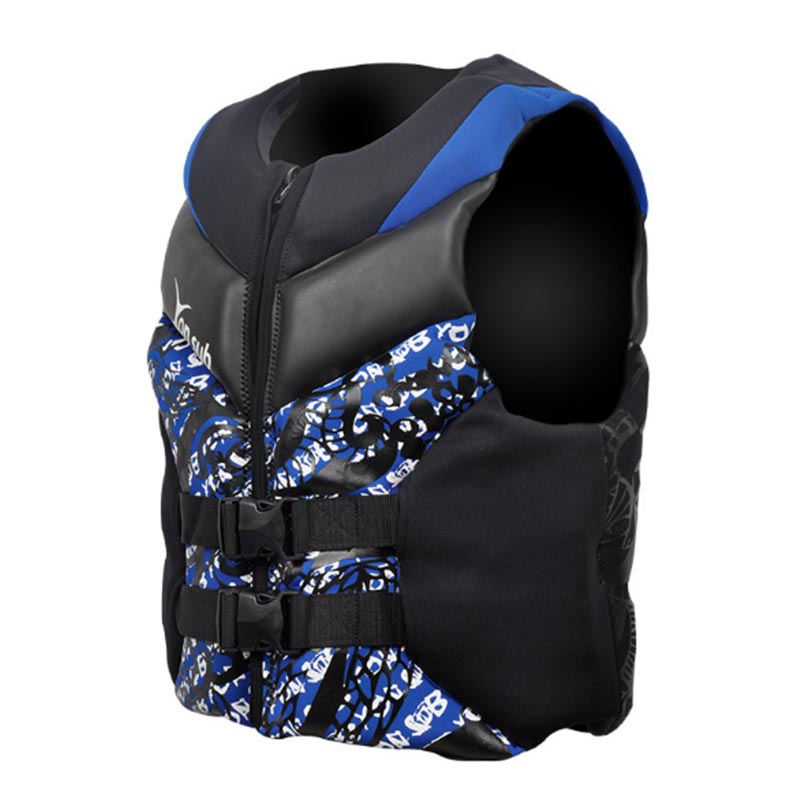

To check the buoyancy of your PFD in the water, relax your body and let your head tilt back. A lean person might have only 10% (20 lbs of fat), thus weighing an additional 10 lbs in the water and needing a higher buoyancy of 20 lbs. Thus a TYPE III vest rated at minimum 15.5 lbs will be more than adequate. Meaning, a typical 200 lb person weighs 10 lbs in the water. Once again, the TYPE III vest will be fine.Ģ00 lbs minus 160 lbs of water minus 30 lbs of fat leaves 10 lbs. A lean person might have only 10% (12.5 lbs of fat), thus weighing 12.5 lbs in the water. Meaning, a typical 125 lb person weighs roughly 6 lbs in the water. Let’s do the math on a 125 lb and 200 lb person.ġ25 lbs minus 100 lbs of water minus 18.75 lbs of fat leaves 6.25 lbs. In general, the more physically fit you are (the less fat on your body), the more buoyancy you will need. There are other factors that play a part, such as lung size, clothing and whether the water is calm or rough, but those two are the major factors. Additionally, bodies on average have 15% fat, which is lighter than water. How Do We Calculate Weight in Water?Īpproximately 80% of the human body is water, thus will not weigh you down (has no weight) in water. Varying minimum buoyancy 22 to 33 lbs inflated dependent on device.
#Type 3 life jacket manual
Manual inflatable PFDs are not a great choice for situations when you might be hit by something. While some are automatic, most of these must be physically inflated, meaning, you need to be cognizant to orally inflate, or pull the inflation cord. Not for non-swimmers or for long hours in rough water. Please note: these must be regularly inspected and re-armed. Uninflated, they are less bulky than foam jackets.

Inflatable PFDs: These rely on inflatable chambers that provide buoyancy when inflated by a C02 cylinder.

Varying minimum buoyancy 15 to 22 lbs dependent on device. “Special Use” PFDs include commercial whitewater rafting vests, work vests, deck suits, and hybrid inflatables with restricted use for specific activities as outlined on the vest – be sure to READ the USCG instructions sewn or printed on the device. Varying minimum buoyancy 16.5 to 18 lbs dependent on device. They are not designed to be worn and should be supplemented with a wearable PFD. These are for use in calm water where there is good chance of fast rescue. Type IV – Throwable Device: Boat cushions, rings, and horseshoe buoys. Type III is generally the “paddler’s choice” because they are designed for general boating/water activities as makred on the vest, and are more comfortable. Type III – Flotation Aid: For use in calm water by conscious users, where there is good chance of fast rescue. Slighly less bulky than Type I vests, and can turn some unconscious people face-up. Best use for adults and children in calm inland water where there is chance of fast rescue. It has the highest float rating and usually will turn an unconscious person face up. Designed for extended survival in rough, open or remote water. But first we have a quick guide to understanding the current US Coast Guard regulations on various PFD types and their ratings. While the rating method may seem confusing at first glance, we will explain the math behind it.
#Type 3 life jacket code
USE CODE 10%ACC for 10% off all accessories with purchase of a kayak or SUP at. How can a personal flotation device (PFD) rated at 15.5 lbs, hold up a person of 200 lbs? We occasionally get questions from customers confused about the buoyancy ratings for life vests.


 0 kommentar(er)
0 kommentar(er)
